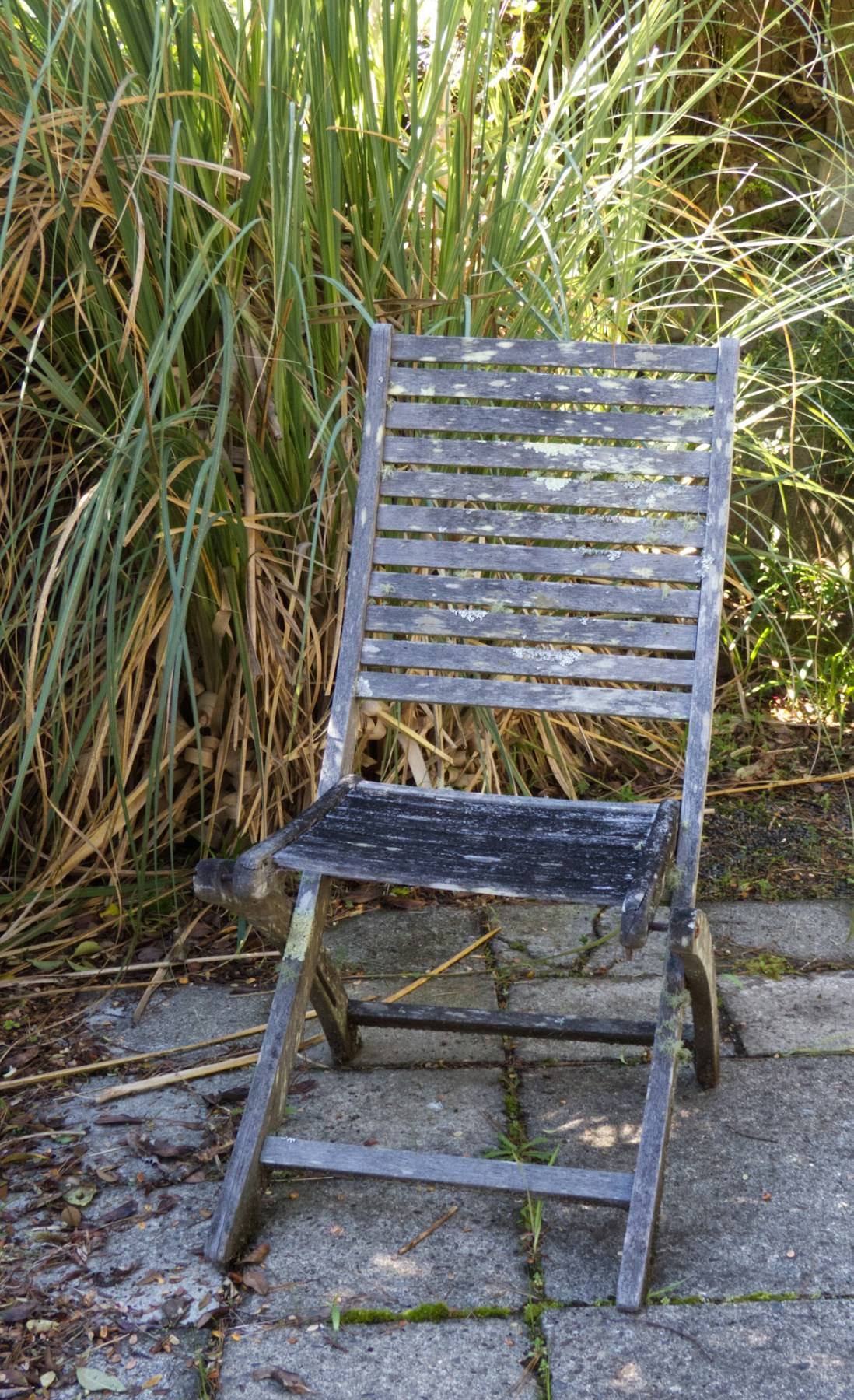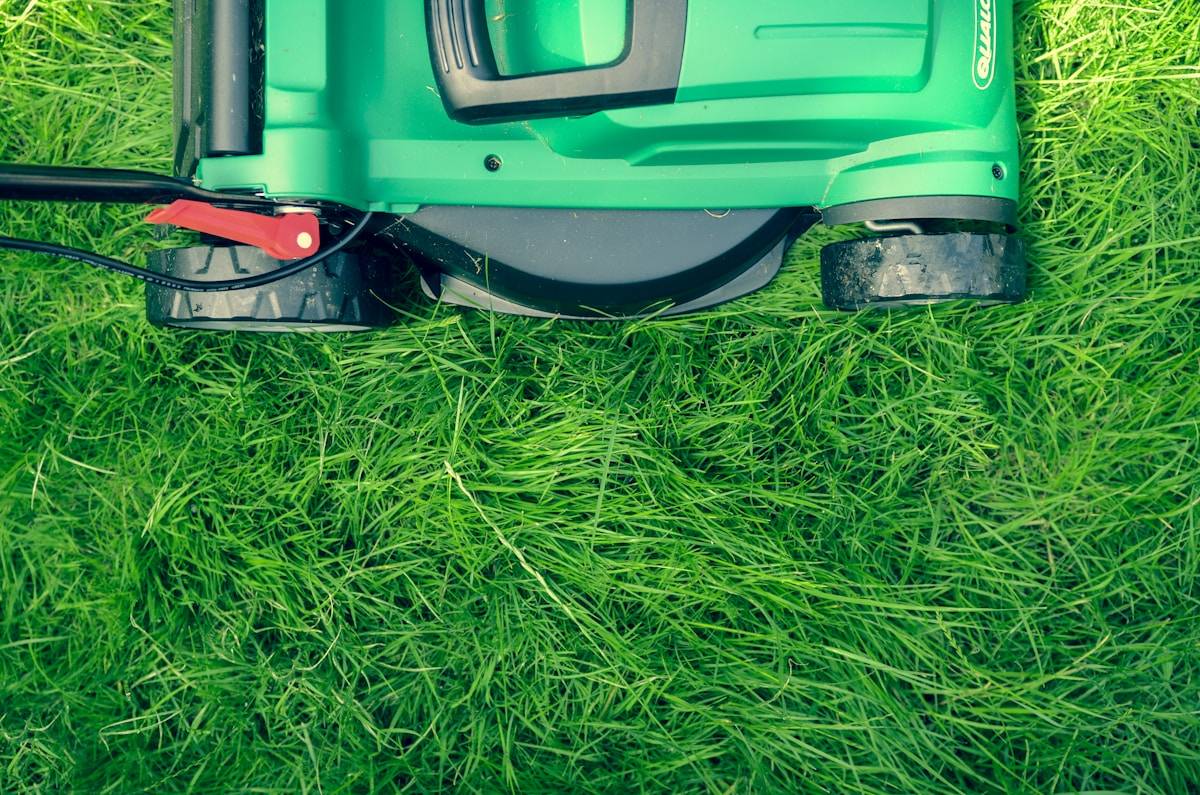Spring garden prep might seem overwhelming, but breaking it down into manageable tasks can make all the difference. I’m sharing my favorite techniques to help you revitalize your garden after winter and set the foundation for a lush, healthy outdoor space you’ll love spending time in.
As the weather warms and the days grow longer, it’s time to roll up our sleeves and get our outdoor spaces ready for the growing season. Whether you’re a seasoned gardener or just starting, giving your perennials, shrubs, and lawn some special attention now will pay dividends throughout the summer months.
Navigate This Post

Refreshing Your Perennials for New Growth
Clearing Away Winter Debris
Start by taking a walk through your garden and inspecting your perennials for any dead or damaged material left over from the previous growing season. This initial clean-up is like giving your garden a fresh start, allowing new growth to emerge unhindered.
Using a pair of clean, sharp pruning shears or scissors, carefully trim away dead stems and leaves, cutting them back to the base of the plant or just above any new growth you spot. I like to keep a small bucket with me as I work to collect all the trimmings—it makes cleanup so much easier!
If you notice any diseased or moldy parts, be sure to dispose of them properly (not in your compost pile) to prevent the spread of disease to healthy plants. Additionally, clear away any fallen leaves or debris surrounding the plants to reduce the risk of pests and mildew.
Dividing Overcrowded Plants
For perennials that have grown too large or become overcrowded, spring is the perfect time to divide them. This process not only helps rejuvenate the plants by giving them more room to grow but also allows you to create new plantings elsewhere in your garden—free plants, anyone?
Gently dig up the plant and separate the root ball into smaller sections, ensuring each has a healthy amount of roots and growth. I find that sometimes you can simply pull apart the sections with your hands, while other plants might need to be cut with a sharp knife or garden spade.
Replant these divisions in prepared soil, adding compost or organic matter to give them a strong start. Water thoroughly after planting to help them settle in and recover from the division process.
The Benefits of Spring Perennial Maintenance
The benefits of cleaning up perennials extend far beyond aesthetics. Clearing away dead material reduces the risk of pests and diseases that could damage your garden later in the season. It also encourages perennials to focus their energy on producing strong, healthy growth, resulting in more robust plants with better blooms or foliage.
By taking the time to clean up your perennials in spring, you’re setting the foundation for a lush, thriving garden that will bring color and beauty to your outdoor space for months to come.

Pruning Shrubs and Bushes for Shape and Health
Removing Damaged Growth
Begin by examining each shrub or bush for any branches that are dead, diseased, or damaged. These should be removed first, as they can weaken the plant and make it more vulnerable to pests or disease.
Use clean, sharp pruning shears to make precise cuts, ensuring you remove the branch just above a healthy bud or at the point where it meets another branch. Avoid tearing or leaving jagged edges, as this can stress the plant and slow its recovery.
I always make sure to step back and assess the plant after removing a few branches—it’s easy to get carried away with pruning, and sometimes less is more!
Shaping for Air Circulation and Light
Once the unhealthy branches are removed, focus on shaping the plant. Prune to maintain an open structure, allowing sunlight and air to reach the interior branches. This step is especially important for shrubs prone to mildew or pest infestations.
Remove any crossing or overcrowded branches that block airflow or rub against each other. If your shrubs or bushes have overgrown their space, trim them back to create a tidy, controlled appearance while being careful not to cut away too much at once, which can shock the plant.
Timing Your Pruning for Maximum Blooms
For flowering shrubs, timing is crucial. Prune early-blooming varieties, such as lilacs or forsythia, immediately after they flower to avoid cutting off the buds for next season. For late-blooming shrubs, such as hydrangeas or butterfly bushes, pruning in early spring before new growth starts is ideal.
Research the specific needs of your plants to ensure you’re pruning at the right time for optimal results. I keep a small garden journal to track when different plants bloom and when I should prune them—it takes the guesswork out of the process!
The Benefits of Strategic Pruning
The benefits of pruning go beyond aesthetics. Removing damaged or diseased branches reduces the risk of problems spreading to healthy parts of the plant. A well-pruned shrub or bush channels its energy into producing vibrant flowers, lush foliage, or sturdy branches, depending on its purpose in your landscape.
Additionally, pruning helps plants maintain a balanced size, preventing them from overshadowing other garden features or encroaching on pathways and outdoor spaces. By dedicating time to this task each spring, you’ll create a healthier, more visually appealing yard that thrives throughout the growing season.

Preparing Your Lawn for a Lush Season
Assessing Your Lawn’s Needs
Start by assessing the current state of your lawn. Look for bare or thinning spots, uneven color, or signs of wear. Before adding fertilizer, test your soil to determine its pH level and nutrient composition. This will help you choose the right fertilizer for your lawn’s specific needs.
Most hardware or garden centers offer simple soil testing kits, or you can send a sample to your local extension service for analysis. Once you know what your soil requires, select a fertilizer rich in the nutrients it’s lacking, such as nitrogen for lush growth or potassium to enhance root strength.
Fertilizing at the Right Time
For fertilizing, wait until the grass begins actively growing—usually when daytime temperatures consistently reach 55°F. Use a spreader to evenly distribute the fertilizer across your lawn. Walk in overlapping rows to ensure full coverage, and avoid applying too much in one area, as this can burn the grass.
After spreading the fertilizer, lightly water your lawn to help it absorb into the soil and reach the grass roots. If rain is in the forecast, even better—let nature do the watering for you!
Overseeding for a Thick, Uniform Lawn
Overseeding is the next step to fill in bare patches and create a thicker, more uniform lawn. Choose a grass seed blend appropriate for your climate and existing grass type.
Start by mowing your lawn to a shorter height and raking to remove debris and loosen the soil. This creates a good surface for the seeds to contact the soil directly. Spread the seeds evenly over the lawn using a seed spreader or by hand for smaller areas. Pay extra attention to thin or bald spots, applying a bit more seed in those areas.
Nurturing New Growth
After seeding, lightly rake the lawn to mix the seeds into the soil, then water gently but thoroughly. Keep the soil consistently moist for the next two to three weeks to encourage germination. Avoid heavy foot traffic during this period to give the new grass the best chance to establish itself.
I like to put up small signs or markers to remind family members to stay off newly seeded areas—it’s amazing how quickly we forget where we’ve just put down seed!
Bringing It All Together: Your Spring Garden Checklist
Spring garden prep doesn’t have to be overwhelming. By breaking it down into these three main areas—perennials, shrubs, and lawn—you can tackle each section at your own pace. Here’s a quick checklist to help you stay organized:
- Clean and divide perennials
- Prune shrubs and bushes
- Test soil and fertilize lawn
- Overseed bare patches
- Maintain consistent watering for new growth
Taking these steps now will reward you with a vibrant, healthy garden that you can enjoy all season long. Remember, gardening isn’t about perfection—it’s about creating spaces that bring you joy and connect you with nature.
Whether you have a sprawling yard or just a few container plants, these spring maintenance tasks will help your outdoor space thrive. And there’s nothing quite like sitting back on a warm summer evening, drink in hand, admiring the fruits of your springtime labor.
Have you started your spring garden prep yet? What tasks do you tackle first? I’d love to hear about your approach in the comments below!
